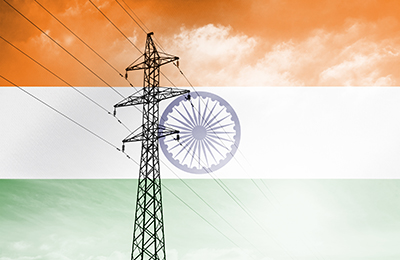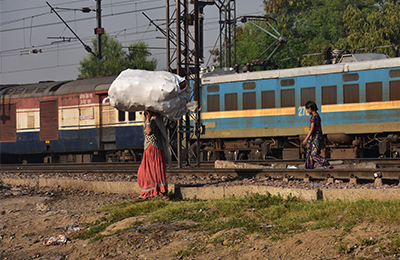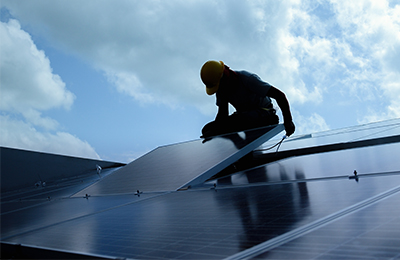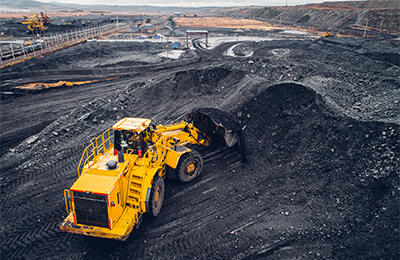rapid switch: india
Rapid Switch India is pursuing a cross-disciplinary exploration of barriers and bottlenecks that stand in the way of decarbonization efforts in India involving engineering, economics, political science and other applied social and behavioral science. This effort aims to expand and deepen understanding of viable decarbonization pathways in India, focusing on the distinctive challenges that India faces as it pursues rapid economic development.
All Projects | Australia | China | India | United States
India projects
Social norms in energy and environmental decision-making in India
Establishing plausible scenarios for mid-century energy demands in India
Incentivizing distributed solar deployment in India
The political economy of coal in India
Regional Challenges
POPULATION – India is projected to become the world’s most populous nation; it is also projected to eliminate poverty and grow its economy to the size of China’s by mid-century. Yet, in these very same models, India is projected to have world’s lowest energy intensity. How do we reconcile these differences? What bottlenecks might prevent India from keeping up with the projected pace of economic development and decarbonization?
ENERGY – India is projected to have the world’s highest fraction of variable renewable energy by mid-century and rely much more heavily on solar than wind relative to all other nations. What are the technical, infrastructure, and socio-economic barriers to realizing this projection? What are alternative pathways to decarbonization for India?
ECONOMY – China is projected to be the world’s largest economy by 2050, with economic growth remaining a priority as it strives to continue to increase its GDP per capita. What bottlenecks might prevent China from achieving its economic development and decarbonization agendas?
COAL – What role does China’s coal sector play in the low-carbon transition over time? What socio-economic consequences, including stranded assets, might emerge from any transition away from coal?



